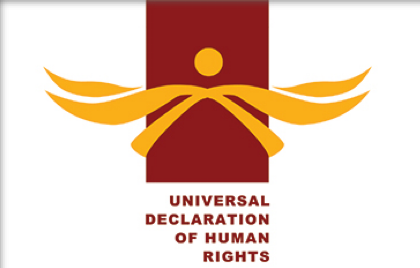Social Model of Disability
The social model of disability views the social, civic, political, and economic environments as the disabling entity, not an individual’s impairment. A social model perspective does not deny the reality of impairment nor its impact on the individual. However, it does challenge the physical, attitudinal, communication and social environment to accommodate impairment as an expected incident of human diversity. The social model frames “disability” as the result of the interaction between people living with impairments and an environment filled with physical, attitudinal, communication and social barriers.
Disabled people are not “objects” of charity, medical treatment, and social protection but “subjects” with rights, capable of claiming those rights, able to make decisions for their own lives based on their free and informed consent and be active members of society. The emphasis is on the physical, attitudinal, communication and social environment to change to enable people living with impairments to participate in society on an equal basis with others.
In line with the social model, we use the term “disabled person” throughout this article. We acknowledge that the CRPD and some others use the term of people or persons with disabilities.

